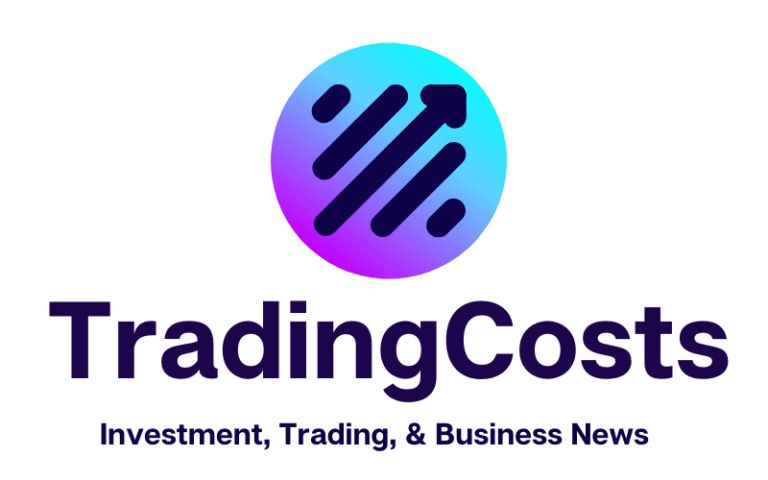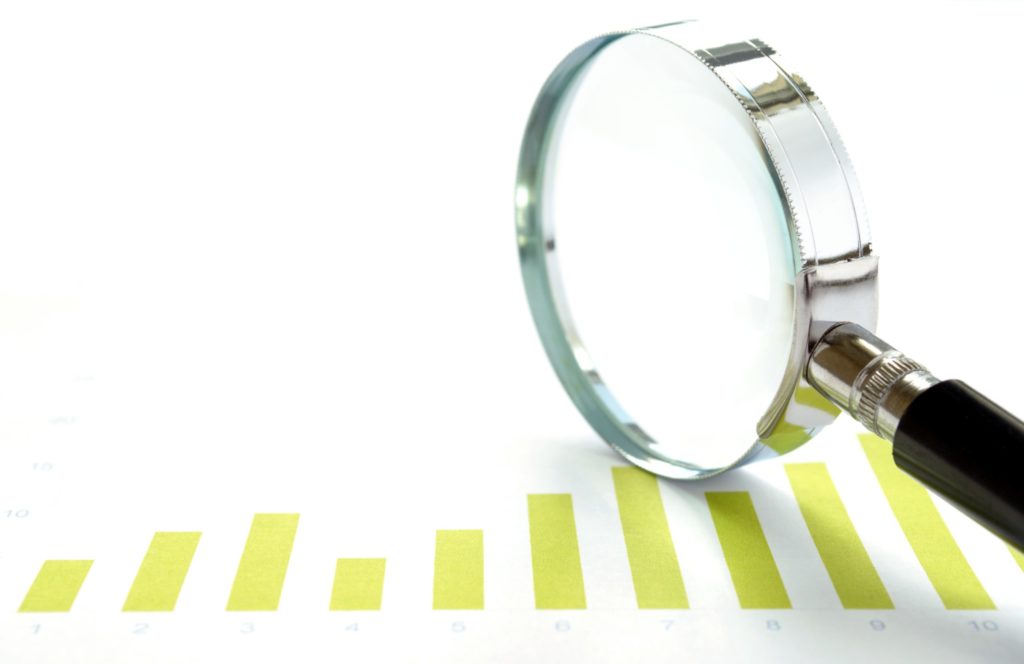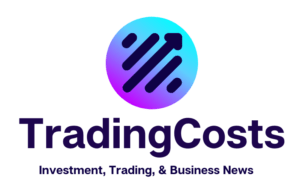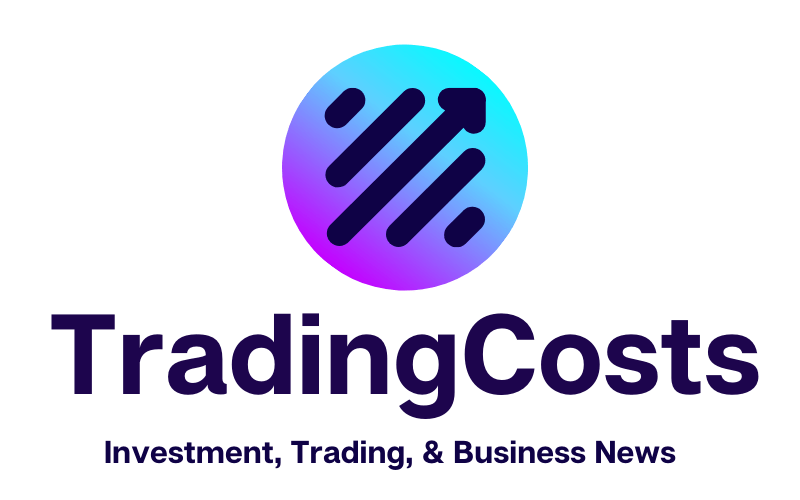A line chart is a comparison and evaluation tool that business professionals, investors, and students use on a daily basis to make sense of pertinent information over the course of time.
Line charts and line graphs offer a unique look at trends and patterns that simply aren’t visible through other data visualization techniques. This is because of the key time component that is represented in a line graph. Line charts provide key insights to data users through a number of different features. Primarily, the time-dependent component of line representations offers consistency in analyzing the trend of any kind of information that you may be studying. For investors, a line graph may provide critical insight into the monthly, quarterly, or yearly price changes that go on in any particular stock asset of interest. For a production manager, line-based visualizations can help predict future output based on external factors or other elements of the workplace.
The variable of time is prominent in the use of line visualizations.

The time analysis that a line chart can unlock is something uniquely potent. Investors, for one, depend on these insights to help make intelligent decisions about the marketplace. Investment data operates on a long timeline, and the ability to synthesize data in order to create ongoing insights about where the market may move toward in the future is crucial for finding continued success. Investors are looking to create ongoing data analysis that operates “at the speed of now” rather than providing sound decision-making analytics that lags behind real-time information gathering efforts. Investing with up-to-the-minute data analysis has become the reality among institutional investors and many retail traders alike.
With the help of line chart visualization tools, creating long-running insights that continuously introduce the latest data and market information is simple. Likewise, with these up-to-date visualizations, managing predictive power in real-time is becoming a legitimate tool in the arsenal of many traders.
In other spaces, time remains a key variable for maintaining productive capacity and many other functionalities that drive business forward. Real-time analytics and the power of time-based comparison are critical in managing workflows within manufacturing centers and offices all around the United States and the world. Time-based insights drive future decision-making tasks and allow for more agile business processes.
Multiple variables can be compared side by side with this approach.
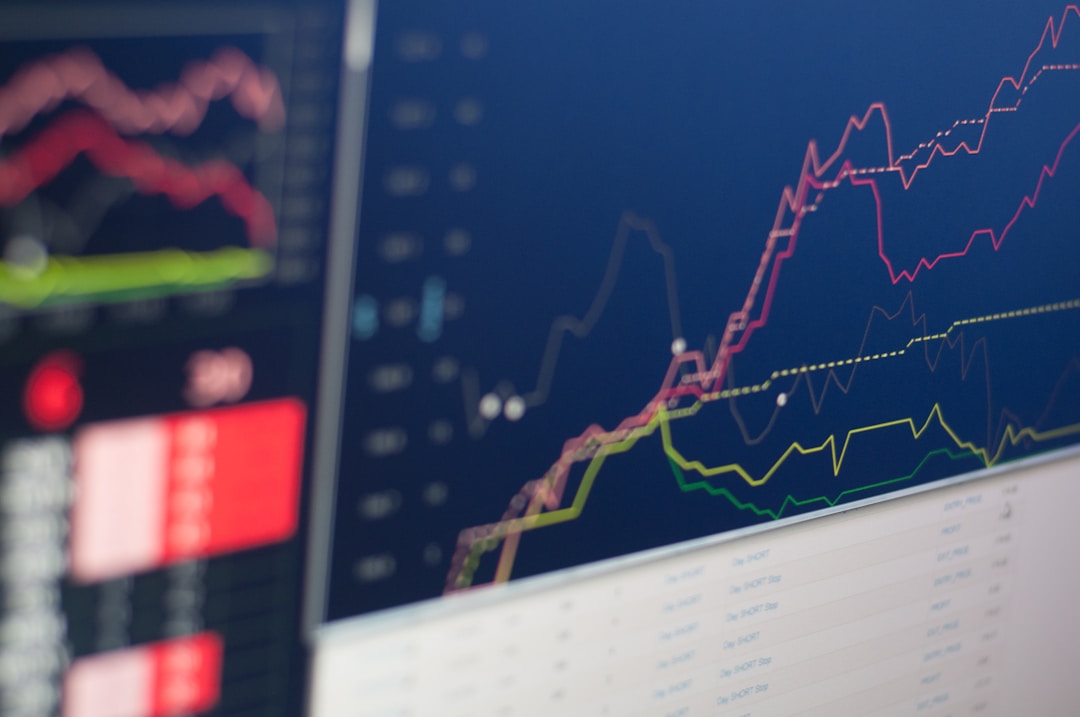
Another key feature of the line chart option for visualizing data is the ability to clearly articulate multiple assets within one graph. These variables can come in a huge variety of realms, but the comparison opportunity remains highly valuable no matter what the chart will be leveraged for. Comparing the ongoing performance of competitive assets over the same timeline can help your business or investment portfolio achieve and then exceed expectations.
For investors, a line graph isn’t just a tool for looking at a single stock asset over a quarter or week timeline. Rather, investors leverage ongoing time-based data to stack gains of competitive companies against one another in order to find the best investment opportunity among fast-movers and slow-growers alike.
Businesses rely on comparisons in this realm, too. Stacking your individual branch performances against one another can help establish a greater depth of knowledge surrounding localized returns, output metrics, and more. This can also form one prong of your brand’s collaborative effort to bolster performance across the board. Alternatively, comparing your brand’s internal processes against known values reported by competitors can help you build toward greater marketplace competitiveness in your niche industry.
With the help of line chart graphics, creating better insights that will drive continued performance is streamlined and highly manageable. These are an invaluable addition to any project that your brand may be engaged in.
